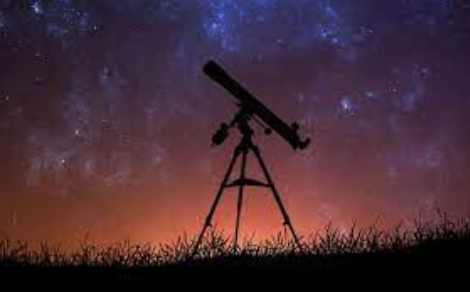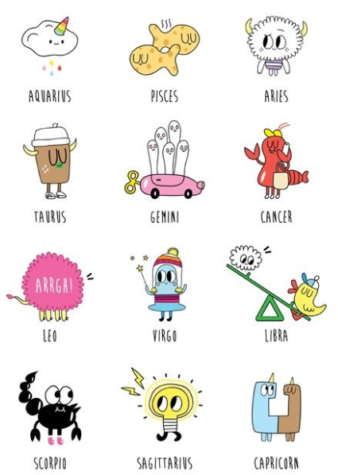What in the Heavens is the Difference Between Astronomy and Astrology?

Photo Credit: Visitfrankfort.com Caption: A telescope is a tool commonly used in astronomy.
We’ve all seen the rise in astrology from jewelry, daily horoscopes, and increased stereotypes of certain zodiac signs. But what does it mean when the moon is in Scorpio? Is this related to NASA or anything else in the neighboring field of astronomy? Surprisingly, the answer is yes.
Astronomy is the study of space while astrology is the study of the influence that objects in space, such as planets and stars, have on people’s lives. Ms. Briscoe, the astronomy teacher here at Bingham, described astrology as, “how ancient people saw constellations and the expertise that they collected. They may have seen a certain constellation right before something bad happened, like a drought, and believed that the constellation was a bad omen. These early astrologers were also early astronomers.”
According to Encyclopedia Britannica, astrology originated in Mesopotamia around 3 BC and entered European culture from Arab merchants during the Middle Ages. Much of astrology was disproven in 1543 when Nicolas Copernicus proved that the Earth orbited around the sun rather than the other way around. Many parts of astrology could only be true if the Earth revolved around the sun. Astrology and astronomy continued to separate as more scientific advancements were made throughout the 17th century and beyond. However, interest in astrology has continued and some still believe that it influences a person’s personality.

Constellations are widely used in both astrology and astronomy. A constellation is a group of stars that forms a recognizable pattern. Constellations are usually named after mythological figures. Twelve of the eighty-eight constellations designated by the International Astronomical Union are recognized as zodiac constellations. They are Sagittarius, Aquarius, Capricorn, Aries, Libra, Virgo, Scorpio, Taurus, Pisces, Gemini, Leo, and Cancer. A constellation is considered to be a person’s zodiac if the sun appeared to be “inside” that constellation when they were born. Astrologers believe that aspects of a person’s personality depend on their zodiac sign. For example, someone who has Aries as their zodiac is likely to be strong-willed, a Gemini is a social butterfly, Sagittarius is brave, etc. In astronomy, constellations gave evidence that the Earth orbits the sun.
The distant stars were moving across the sky, not moving relative to plants, sun, and moon movements. Early astronomers noticed that constellations weren’t always in the same spot and asked, “why?”, explained Ms. Briscoe. Constellations also gave evidence that the Earth is round and has two hemispheres, as some constellations were only visible during certain seasons. Constellations were frequently used by early astronomers and explorers in navigation.
Although astrology isn’t supported by a lot of science, it can still be fun to read your horoscope and see if any part of it comes true. Remember that the first astrologers were also the first astronomers.

I am a junior. I'm excited to be the News Editor this year. I love traveling, crocheting, and playing...



